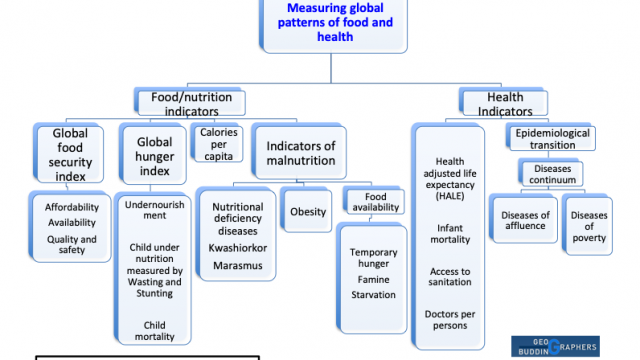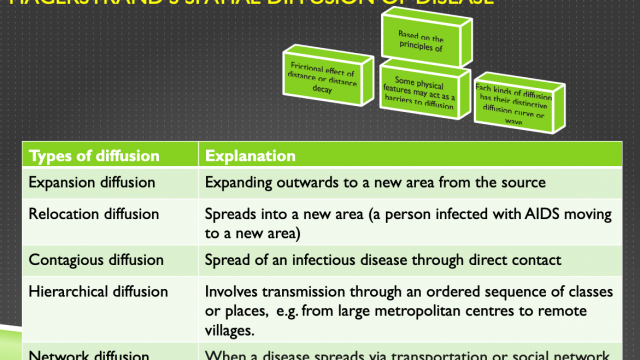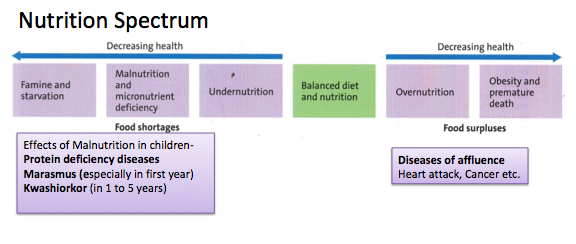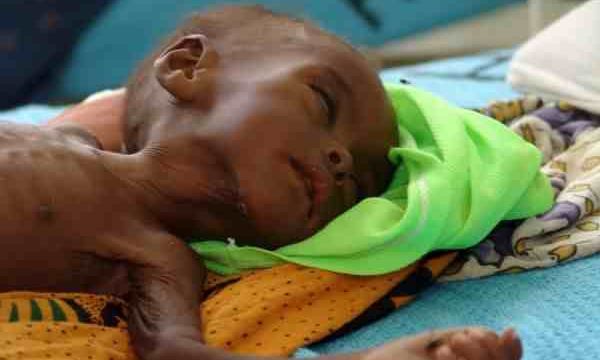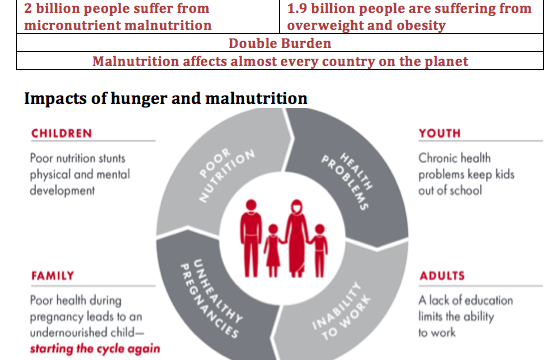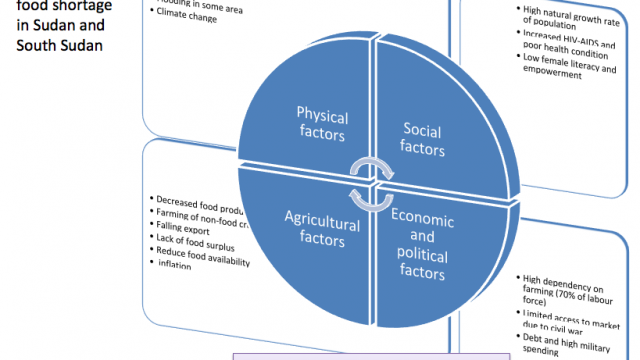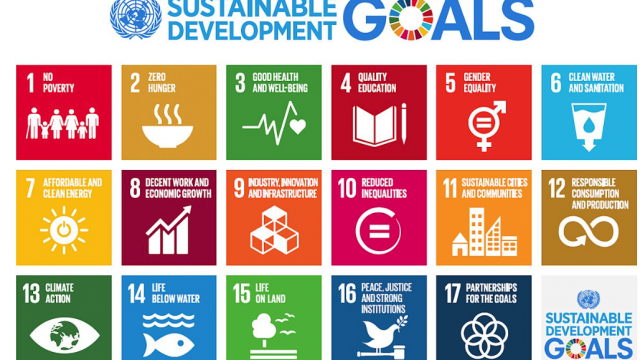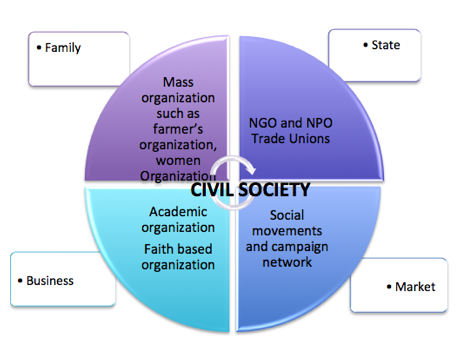| Important short answer type questions | Explanations |
|---|---|
| What is HALE? | Health adjusted life expectancy or Healthy life expectancy (HALE). Average number of years that a person can expect to live in "full health" by taking into account years lived in less than full health due to disease and/or injury |
| Why health-adjusted life expectancy (HALE) is a better way to quantify the health of a community than infant mortality? | Infant mortality reflects health of mothers and available nutrition, health care education and services. Many countries have reduced infant mortality with relatively small investments in health care services. Infant mortality is a “snap-shot”, reflecting a limited time period. HALE is much broader and holistic in its spectrum. It includes many more health-related issues, and all age-groups. It also reflects a longer time period. It not only includes infant mortality, but also mortality of other age-groups, and more importantly, ill-health throughout the population. HALE is a measure of population health that takes into account mortality and morbidity. It adjusts overall life expectancy by the amount of time lived in less than perfect health. This is calculated by subtracting from the life expectancy, a figure which is the number of years lived with ill health. |
| How fair trade can help to alleviate local food shortages? | More income returns to farmers and therefore greater possibility of farmers growing food crops, rather than industrial crop, it also ensure the likelihood of receiving emergency food aid in times of need. Profit stays within the country and create economic multiplier effect. |
| State a few changes in agriculture, other than mechanization, that have helped to boost food production in some areas. | Irrigation, HYV crops (Green Revolution), bringing new land into use, better pest controls, (organic) fertilizers, sustainable techniques glass-houses and poly-tunnels, government subsidies, introducing GM crops etc. |
| What are the possible disadvantages of food aid for a community that is currently experiencing food shortages? | Food aid may reduce the market for or price of locally-grown food, making it more difficult for local farmers to produce food profitably. This may lead to some local farmers choosing to switch from planting food crops to non-food crops or industrial, reducing food production in the community. Food aid may increase the opportunities for corruption by the government officials those who are responsible for the distribution. It may increase inequalities within the community (receiver and non-receiver). It may also deter local innovation or solutions to the food shortage that might be more beneficial in the long term. |
| Suggest valid reasons, other than improved health programmes, why life expectancy has increased in recent years. | Because of the improved food supply means fewer deaths from famine in Africa improved access to safe water means fewer cholera deaths in Asia and Africa rise in incomes means improved nutrition and better quality of life in developing countries improved medical response and infrastructure means reduction in mortality fewer women die in childbirth (maternal mortality reduction) due to spending on MDGs in Asia and Africa fewer deaths from disasters eg flooding due to improved flood response and global cooperation |
| How agricultural subsidies can affect food production? explain with example. | In Europe the Common Agricultural Policy established guaranteed minimum prices for certain farm products. This led to overproduction of some foods (eg butter and some vegetables) and a fall in production in other countries. In the USA, subsidies for growing corn for biofuel reduced the amount of corn grown for human consumption, raising corn prices on the international market. Dumping or sale of food from subsidized over-production in high-income countries damages the agricultural sector in some low-income countries and undermine the fairness of the free-trade and comparative advantage principles. Obviously, the low income countries can not compete with this situation and becomes debt due to the sudden price fall of their agricultural commodities. |
| State the factors responsible for food availability. | Food availability is not only a function of how much food is produced or enters the marketplace. It is also related to political factors and economies, and in particular to the relationship between income levels in a society and food prices. Even in an affluent society, some low income groups may not have access to sufficient food. In other areas, the changes in agricultural systems may be focused on raising the production of non-food cash crops at the possible expense of local food crops. In general, recent changes have tended to increase crop yields, and improve the availability of food. However, these changes may be at the cost of decreasing the sustainability of farming or of higher expenditures on other inputs, such as fertilizers. |
| Briefly outline how population distribution can affect the incidence of the disease. | 1. a concentrated distribution or high density of population may lead to higher rates of transmission/spread/diffusion/incidence in an area 2. a dispersed population may mean lower rates of transmission/spread/diffusion/incidence in an area 3. Concentration of vulnerable population also affect the incidence and diffusion of diseases such as elderly people and children are more susceptible to certain kinds of diseases because of their weak or immature immune system. |
| What is DALY? | Disability Adjusted Life Years (DALY). DALYs measure the amount of life lost in a population as a result of premature death or disability. They can be used to estimate the Burden of disease on populations. DALYs were used in the Global Burden of Disease study by WHO to enable mortality and morbidity comparisons to be made across countries. |
| what is meant by the term famine? | A famine occurs when there is a serious shortage of food normally over a wide area or affecting a large number of people |
Food and beverage production represents one of the largest global industries today. Here’s a snapshot of the top ten food and beverage companies vying for global dominance
The Role of International Organizations in combating food insecurity and diseases
The Food and Agriculture Organization (FAO) is a specialized agency of the United Nations that leads international efforts to defeat hunger. Goal is to achieve food security for all and make sure that people have regular access to enough high-quality food to lead active, healthy lives. With over 194 member states, FAO works in over 130 countries worldwide. FAO believes that everyone can play a part in ending hunger. Click here to view the timeline of FAO’s achievements since its formation in 1945. Review the role of UN Food and Agricultural Organization (FAO) .
World Food Programme (WFP) is the leading humanitarian organization saving lives and changing lives, delivering food assistance in emergencies and working with communities to improve nutrition and build resilience. WFP has committed to end hunger, achieve food security and improved nutrition by 2030, one in nine people worldwide still do not have enough to eat. Click here to get an overview and news update from the WFP.
| Food Loss | Food Waste |
|---|---|
| It refers to any food that is discarded, or disposed of along the food supply chain. According to FAO, food loss is the decrease in the quantity or quality of food resulting from decisions and actions by food suppliers in the chain, excluding retailers, food service providers and consumers. In developing countries, a large part of this food (40%) is lost at the harvest or processing stage. | It refers to the decrease in the quantity or quality of food resulting from decisions and actions by retailers, food service providers and consumers. In developed countries, 40% is lost at the consumer or retail stage from throwing away food that is not bought at stores or food that is not eaten at home or restaurants. |
Which countries are the most and least prepared to contain large outbreaks of disease?
According to the Global Health Security Index that assessed the levels of global health security across 195 countries, The United States was named as the country with the strongest measures in place and it came first with 83.5 out of 100. The United Kingdom came second with 77.9 followed by the Netherlands. China, which has initiated a series of lockdowns in response to the Corona outbreak, comes 51st with a score of 48.2. This map shows levels of preparation across the world and Africa’s vulnerability is immediately noticeable. It has struggled with serious diseases in the past and in 2014 a major Ebola outbreak devastated parts of West Africa, killing over 10,000 people. The continent has some of the weakest countries when it comes to containing disease with Equatorial Guinea (16.2) and Somalia (16.6) the worst scoring countries in the Global Health Security Index. Click here to read Niall McCarthy’s report on Statista on the countries best and worst prepared for an epidemic.

